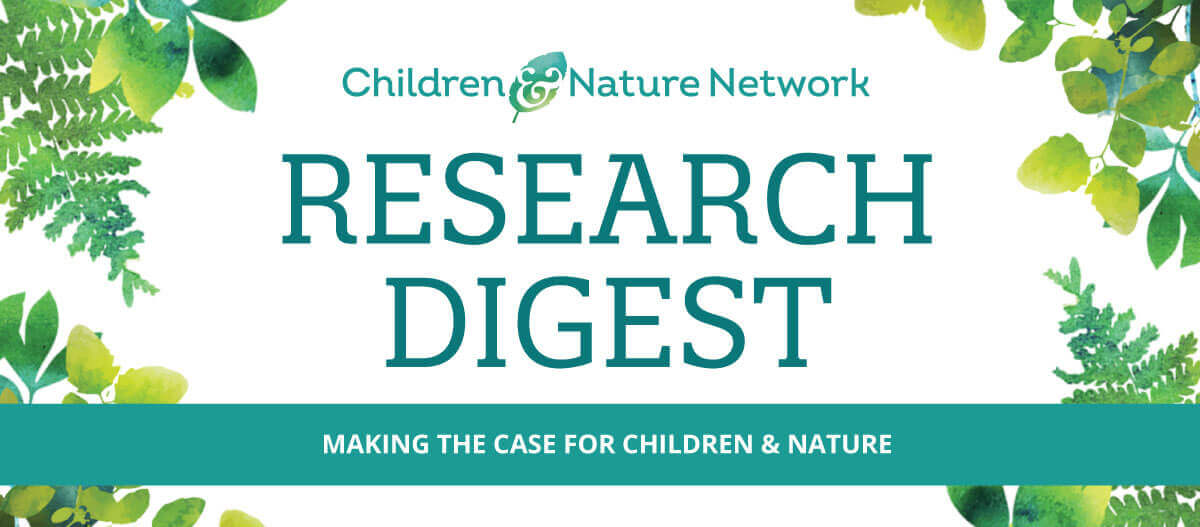CLIMATE CHANGE RESILIENCY
Resilience, in relation to climate change, means strengthening the ability of human and other-than-human systems to withstand and respond to changes in the earth’s climate. Both adaptation and mitigation play important roles in strengthening this ability. Climate change adaptation refers to adjustments in ecological, social and/or economic systems as they respond to the impacts of climate change already happening or anticipated in the future. Such adjustments are reflected in processes, practices and structures designed to moderate potential damages or to benefit from opportunities associated with climate change. Climate change mitigation, on the other hand, refers to efforts to reduce global warming and its related effects. Efforts to promote climate change resiliency can simultaneously address human health and the health of the planet.
Using a resilience frame to explore greening schoolyard initiatives can support the strengthening of systems at different scales.
Researchers applied a nine-box resilience frame to study the multi-beneficial impacts of greening schoolyards in three large cities (Chicago, Amsterdam, and Paris). Benefits identified through this approach included (a) enhanced community engagement and social cohesion, (b) mitigation and adaptation to climate change, and (c) improved human health and well-being.
Flax et al. 2020. Greening schoolyards: An urban resilience perspective.
Access Study
Urban forests can play a role in air pollution mitigation, making cities more livable and better adapted to climate changes.
Air quality measurements in an urban area showed higher concentrations of pollutants at points closer to roadways with intense vehicle flow and lower concentrations at points close to an urban forest (park with dense vegetation). Measures of respiratory health showed that the frequency of some respiratory concerns was lower for children living close to the urban forest.
Almeida et al. 2020. Influence of urban forest on traffic air pollution and children respiratory health.
Access Study
Combining a community-driven assessment with semi-quantitative methodologies can help communities identify and address climate change vulnerability.
A diverse group of Pacific Islanders participated in a study addressing climate change vulnerability. The resources they identified as being most vulnerable were consistent with and extended beyond data obtained through scientific assessments. Community member participation also proved helpful in establishing priorities for building community and ecological resilience.
Basel, Goby & Johnson, 2020. Community-based adaptation to climate change in villages of Western Province, Solomon Islands.
Access Study
Climate change is more than a technical or scientific problem; it’s a crisis of human hierarchies with uneven distributions of vulnerability.
The Declaration on Human Rights and Climate Change issues an urgent call to recognize and respond to the differential imposition of the negative effects of climate change on humans, non-human living beings and systems, and the Earth-system itself. The primary aim of the Declaration is to rectify unevenly distributed vulnerabilities and climate injustices.
Davies et al. 2017. The Declaration on Human Rights and Climate Change: A new legal tool for global policy change.
Access Study
Young people, especially young females, may be drawn to tourism sites where Nature-Based Solutions have been implemented.
Surveys completed by a large population of university students in Italy indicated that young people—especially females—are knowledgeable about Nature-Based Solutions (actions inspired by or mimicking nature) and are interested in visiting sites where NBS have been implemented to restore degraded ecosystems and/or address climate change concerns.
Giachino et al. 2021. Nature-based solutions and their potential to attract the young generations.
Access Study
Urban agriculture has the potential to simultaneously provide multiple benefits to people and the planet.
Three case studies indicate that urban agriculture already functions as a NBS in different communities in Australia and that the benefits include “connecting people with nature, fostering equitable social connections, and actively mitigating and adapting to climate challenges.”
Kingsley et al. 2021. Urban agriculture as a nature-based solution to address socio-ecological challenges in Australian cities.
Access Study
Importance-Performance Analysis can help set the direction for managing riparian greenways with benefits for people and ecosystems.
This study was based on the premise that managing riparian greenways sustainably in urban communities requires an understanding of the residents’ anticipated value of the ecosystem services provided by the greenways. Importance-Performance Analysis was helpful in identifying residents’ perceptions of the social value of riparian greenways in an urban community in South Korea.
Lee et al. 2020. Assessing the social value of ecosystem services for resilient riparian greenway planning and management in an urban community.
Access Study
Increasing the biodiversity of urban green spaces can help people and the planet adapt to the urban environment in the face of climate change.
This systematic review of the academic literature analyzed the relationships between public urban green spaces’ characteristics and human well-being components. Findings support the idea that structure-related variables of green space are essential for promoting human benefits of green space but also highlight the importance of biodiversity and naturalness.
Reyes-Riveros et al. 2021. Linking public urban green spaces and human well-being: A systematic review.
Access Study
An urban design index integrates the ecosystem service approach into urban planning for socially sustainable development.
Researchers focused on values relating to climate, biodiversity and well-being in designing a tool to steer and evaluate urban green infrastructure. The process included selecting and assessing green and open space elements important to these three values.
Ring, Damyanovic & Reinwald, 2021. Green and open space factor Vienna: A steering and evaluation tool for urban green infrastructure.
Access Study





